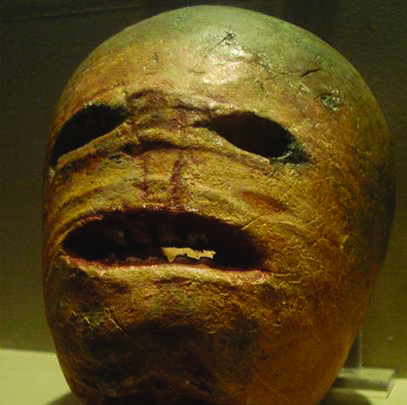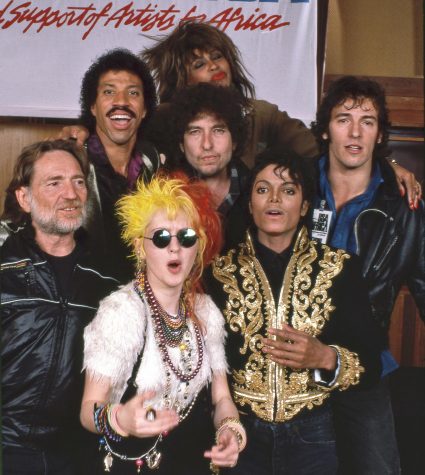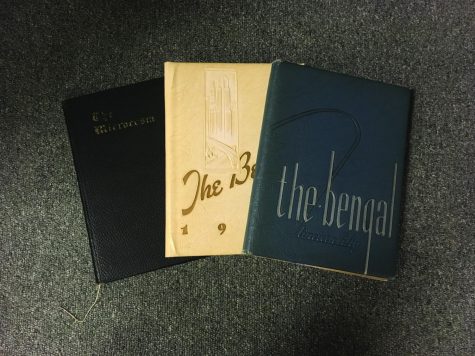Traditions date back to 2000 years

A carved turnip for Halloween.
On Oct. 31, people from all over the world come together to celebrate everything scary, whether it be death, gore or anything considered supernatural. Today’s Halloween celebrations have some very distinct traditions, each of which has its own place of origin.
Halloween started around 2,000 years ago, the Celts celebrated a feast called Samhain in Ireland, Britain, Scotland and Wales, according to bu.edu. Samhain took place Oct. 31, the night before their new year, which took place Nov. 1. Since the cold was associated with darkness and death, they believed that ghosts and spirits would come out to haunt on that date. To make peace with the spirits, according to history.com, the Celts gave them treats and wore costumes that were usually made of animal heads and skins. The Celtic priests (Druids) believed they could predict the future due to the roaming spirits; they built bonfires and the other citizens burned crops and animals as sacrifices to the spirit world.
During 43 A.D., the Roman Empire conquered the majority of the Celtic territory. The Romans then incorporated elements from their culture, such as celebrating Panomia and Feralia. According to bu.edu, Panomia was the Goddess of fruit and trees, which is where the tradition of bobbing for apples came from. Feralia was celebrated in late October to commemorate the passing of the dead, according to history.com.
During the 19th century, according to, of all places, goodhousekeeping.com, the Irish immigrated to America due to the potato famine. Since Halloween was most celebrated by the Irish, they brought the tradition overseas. The Irish brought the jack-o’-lantern tradition to North America. Americans started dressing up in costumes to go from house to house to ask for food and money; which would later turn into trick-or-treating. At the start, Halloween was most popular in Maryland and the southern colonies due to rigid protestant beliefs. Later in the 1800s, Halloween became less about ghosts, pranks and witchcraft and more about neighborly parties. By the 1950s, trick-or-treating became a life-changing tradition for Americans. Today, over 179 million Americans celebrate the holiday and spend about $9.1 billion per year, according to goodhousekeeping.com.
As this traditional holiday came to the states, different versions made their way around the world.
• China has a festival called Teng Chieh, where people place food in front of pictures of deceased family members with bonfires and
lanterns.
• People in England carve designs out of beetroots and call them “punkies.” English children carry the punkies and sing songs as they ask
for money from neighbors.
• In the Philippines, their version of Halloween is called Pangangaluluwa. Children go from door to door in costumes to sing and ask for
prayers for those who they believe are stuck in purgatory.
• Nigeria has a festival called Awuru Odo that celebrates the return of departed friends and family by feasting and wearing masks, and it
can last up to six months but only occurs every two years.
Sources: pumpkinpatchesandmore.org and globaltiesus.org.








